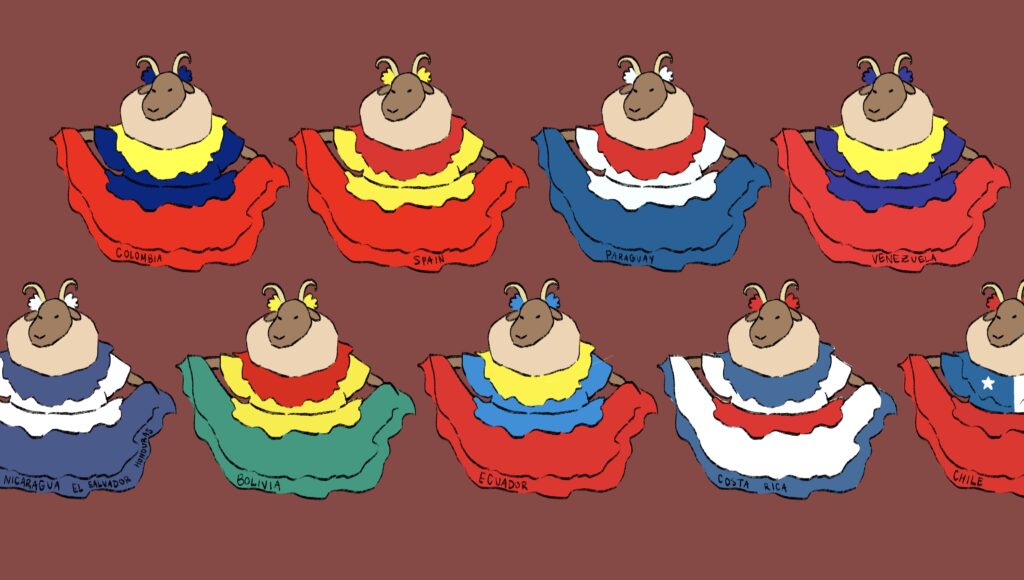By Jisele Garcia & Claire Denne
Opinion Editor & Staff Writer

Many students, including myself, were frustrated at the blatant ignorance of Hispanic culture and the use of stereotypical representation,” junior Nicole Fernandez said. “I want to highlight other Hispanic and Latinx people who have played a part in U.S. history.”
In order to allow Hispanic/ Latinx students to feel represented in school culture, students, ASB and administrators must collaborate to properly represent Hispanic/Latinx Heritage Month.
Though Hispanic and Latinx students are the second biggest demographic at TCHS, this year Hispanic/Latinx Heritage Month was mostly unnoticed by administration and ASB. However, several days after Sep. 15, following complaints by the student body, quotes by Cesar Chavez and Frida Kahlo appeared in the bulletin. This act only angered some students as they voiced that it was a disrespectful response to their activism as tokenizing Chavez and Kahlo does not make up for their lack of effort in commemorating Hispanic/Latinx Heritage Month.
When TCHS puts little to no effort in celebrating this heritage month, it shows the Hispanic/ Latinx student body that they are not willing to commit to basic research and do not care to properly represent their students.
According the California Department of Education, in TCHS there is an estimated 20% His- panic/Latinx student population. Which prompts the question: are the 20% being equally rep- resented in campus courses like ASB, AP classes, Yearbook Templar and Rampage? Not even the Rampage staff retains their piece of the 20%. The inclusion of student Latino culture within the overall student life will encour- age the Hispanic/Latinx student body to participate in advanced and specialized classes.
Our school needs a multi- faceted approach to proceed with accurate representation, and this requires participation from everyone.
Administration and ASB took a good step forward with highlighting influential figures’ quotes, but they can continue this positive trend with brief bios of the figures or overviews of events led by the Hispanic/Latinx communities. They can also produce posters or social media posts detailing the significance of the heritage month.
Students must voice their opinions to administration and ASB and collaborate with them to let them know how they would like to see themselves represented both in the classroom and on campus. Establishing a Hispanic/Latinx student-led club based on learning their cultures and influential figures creates a student space to freely discuss the issues and events relevant to them. It additionally allows administration, ASB and students to collaborate and build a better plan for inclusivity in the future.
Marginalized students seeing themselves in roles they are usually excluded from allows them to be more comfortable and confident in the academic setting.
This continuous cycle of exclusion has to stop. We have the resources to disrupt this pattern, so there is no excuse for this lack of representation. Student voices need to be taken seriously, not merely disregarded and deemed irrelevant. TCHS must do better.
